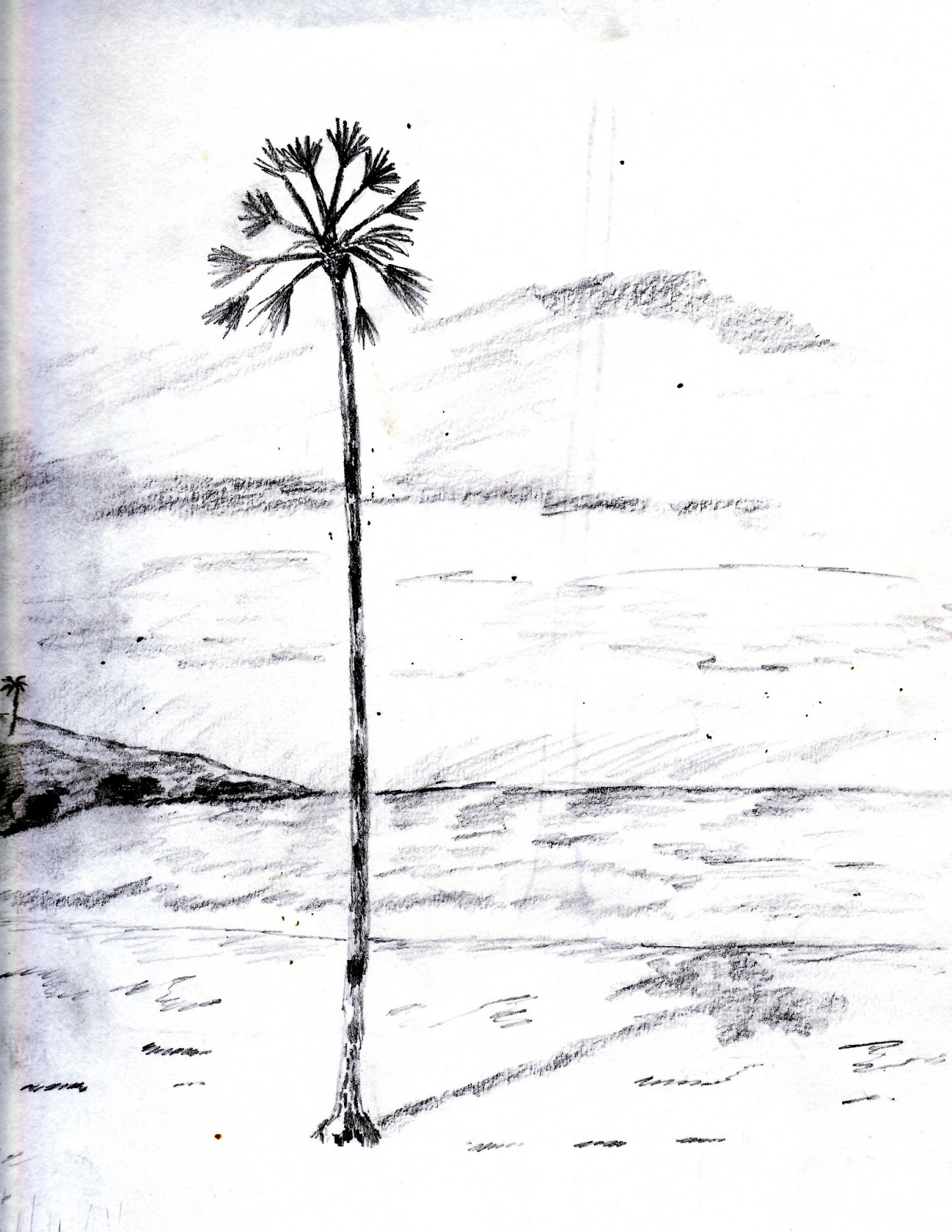Business Intelligence (BI) improves through the use
of analytical data streams that help companies overcome market challenges and
create internal growth mechanisms. Because the international business
environment is complex and large it needs improved analytical tools to be
successful. Small, medium, and large businesses are increasingly relying on BI
to help them make strategic decisions. A paper by Khan & Quadri (2014) discusses
the growing use of BI in everyday business decisions and how to improve on
exiting models.
Proper BI requires the collection of data, analysis
of that data, and providing a conclusion on the meaning of that data. BI uses proper
analytical methods based in scientific research to achieve its goals. The same
principles that apply to any research study would also apply to the business
intelligence and strategy formation; in theory anyways.
BI has been defined as, “The process of collection, treatment, and diffusion of information that
has an objective, the reduction of uncertainty in the making of all strategic
decisions” (Zeng, et al. 2007). Such information is collected analyzed and
then disseminated among those who can use the information to the advantage of
the organization.
BI relies in part on the collecting and analysis of
information from the market environment. This can be difficult when there is
data scattered all over the place. This is even more possible when even more
data makes its way into cyber sphere and creates a type of data collection net
that offers higher possibilities for global analysis.
Data mining can be defined as the search for
relationships and patterns that exist among data (Holsheimer & Sibes,
1994). In essence, data is an amebic entity that doesn’t necessary show
anything in and of itself. It is up to the user to find patterns and make
predictions of this information based upon what they understand and which type
of data they can capture.
The data’s fundamental practicality is the ability
to put it to strong use. According to Stackowaik, et al. (2007), BI is the
process of taking large sections of data, analyzing it, and then presenting
useful report for managers to help them make accurate decisions. BI becomes
more of an analytical tool that continually updates based on algorithms for
real time decision making.
BI has the ability to help companies grow and
develop beyond their current decision-making processes. Proper strategy
formation requires understanding how data can help narrow down the options and
choose that which is most likely to influence and improve upon the successes of
the business. Data is getting stronger and so will the need to analyze that
data in new and more accurate ways.
Holsheimer, M., & Siebes, A. (1994).
Data mining: The search for knowledge in databases. CWI (Centre for
Mathematics and Computer Science), Amsterdam, The Netherlands .
Khan, R. & Quadri, S. (2014). Business
intelligence: an integrated approach. International
Journal of Management & Innovation, 6 (2).
Stackowiak et. al. (2007). Oracle data
warehousing and business intelligence solutions. Indianapolis:
Wiley Publishing, Inc.
Zeng, et. al. (2007). Techniques,
process, and enterprise solutions of business intelligence, 6, 4722.
